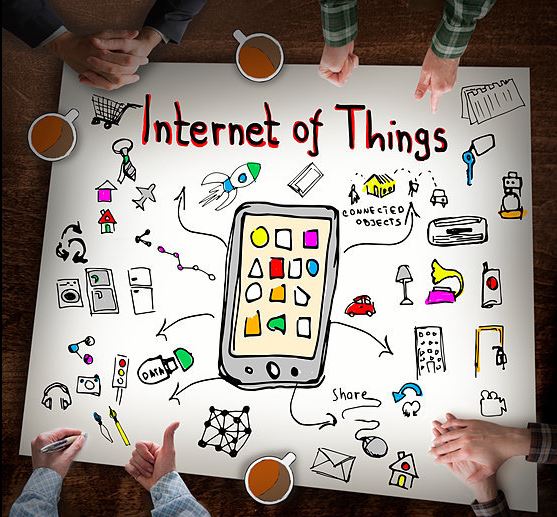The Internet of things (IoT) is rapidly gaining momentum in the GCC healthcare industry.According to IDC Health Insights, there has been a steady rise in IoT initiatives over recent years, and in some usage scenarios, IoT services are maturing rapidly toward mainstream deployment.
IoT spending by healthcare providers across the Middle East and Africa (MEA) region is predicted to surpass $500 million in 2016 and increase at a compound annual growth rate (CAGR) of 18.7 per cent over the 2016-2020 period.
The GCC will be one of the fastest-growing regions within MEA, with IDC Health Insights forecasting that IoT spending in the GCC will grow by more than 20 per cent per annum in some segments of the healthcare industry.
Based on Ericsson’s Mobility Report, by 2021, it is estimated that there will be 28 billion connected devices globally – close to 16 billion of which will be part of the Internet of Things. 5G communication technology, along with the continued development of 4G, will be the foundation for enabling these connections and helping realise the full potential of the networked society.
Standardisation efforts for 5G have just begun and are expected to be completed by 2020.
According to a recent survey conducted by IDC Health Insights in hospitals across Qatar, Saudi Arabia and the UAE, 50 per cent of them are currently using some type of IoT-based solutions.
“Technology transformation will sit at the heart of the healthcare developments being undertaken in the GCC,” said Nino Giguashvili, a senior research analyst at IDC Health Insights. “The tip of the iceberg is already visible, and the growing convergence of mobile, big data, social media and IoT will play an unparalleled role in the digital transformation of GCC healthcare systems.”
Mirroring the global trends in healthcare and other industries, IoT-enabled solutions are emerging fastest in the tracking and monitoring of people and assets, using technologies such as radio-frequency identification and bar coding. However, the uses are expected to broaden in terms of supporting care delivery, especially in the areas of monitoring hospitalised patients and smart systems for pharmacy management.
In the consumer segment, personal wellness represents one area with great IoT deployment potential. The GCC personal wellness wearables market, according to IDC Health Insights, will expand at a CAGR of about 22 per cent over the coming years.
“While health, wellness and fitness wearables have become a fashionable way of supporting healthy lifestyles among consumers, healthcare payers and providers are striving to benefit from the possible cost savings arising from their potential preventive value,” said Giguashvili. “Health authorities across the GCC are increasingly promoting their use as a method of encouraging healthy lifestyles. For example, the Dubai Health Authority has initiated an incentive programme aimed at rewarding residents for healthy behaviour that is based on data recorded by fitness trackers.”
Staff Report/Dubai
